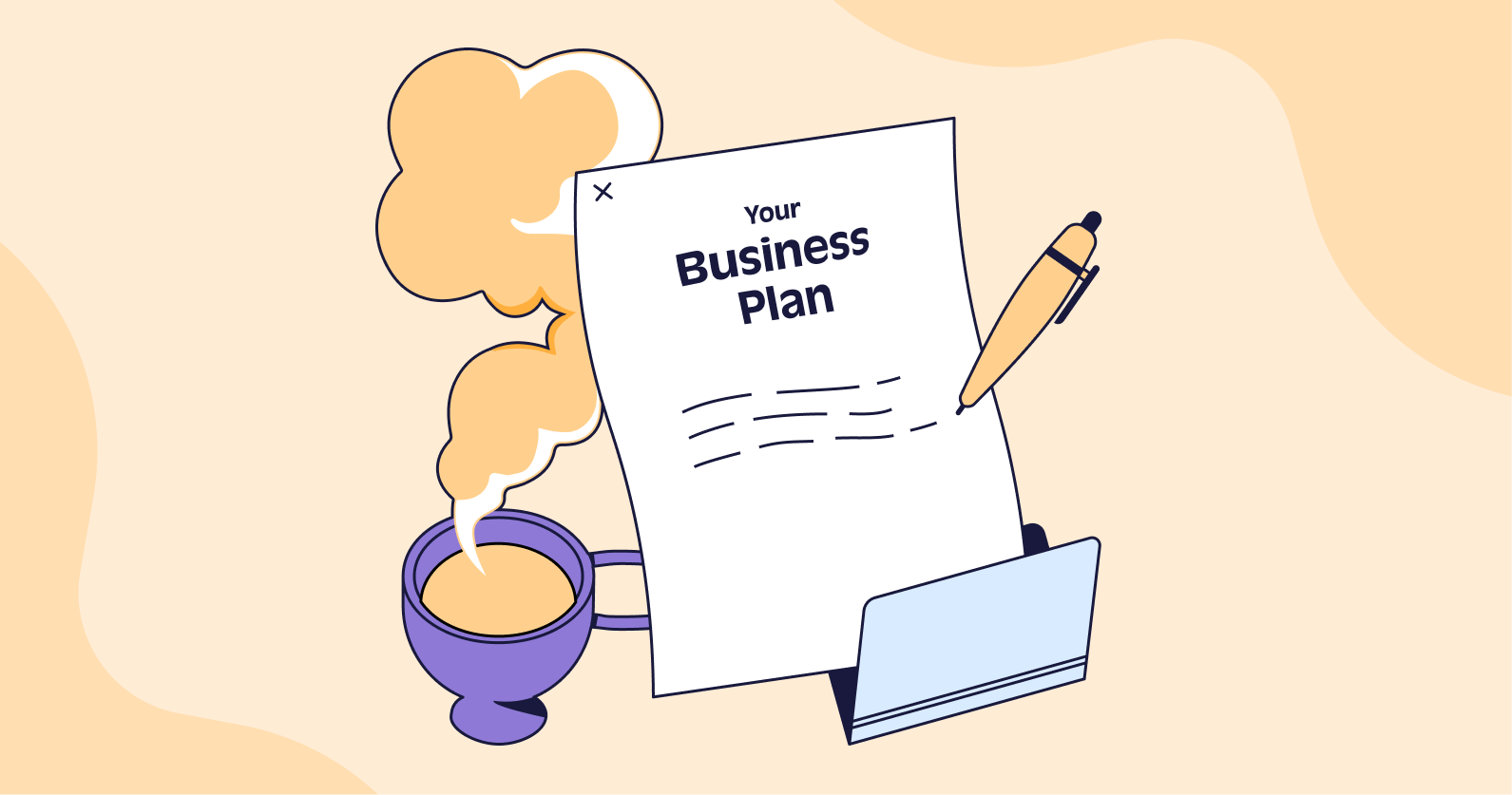
How to write an effective non-profit business plan in 10 steps
Nearly 7.5% of the global workforce works in the non-profit sector. To put it simply, the nonprofit sector is huge. While it may seem like a less complicated business model than for-profit entities, running a non-profit organisation is still a business.
And like any business, one of the keys to success is having a well-thought-out business plan.
Of course, if you never wrote a business plan before, the process can be daunting. So we’re here to help with a step-by-step guide on how to write an effective business plan for your non-profit.
Let's take it from the top...
1. Collect the Data
Before you start writing, you must have all your ducks in a row. This means collecting data about your non-profit, such as:
- Financial statements for the past few years
- Programs and services offered
- Audience demographics
- Funding sources
- Income and expenses
If your nonprofit is new, simply compile any projections and assumptions you have at this stage. List secured funding sources or in-kind donations you’ve already received. The goal is to put together a clear picture of where your nonprofit currently stands.
2. Mission Statement
Now that you have all the data in front of you, it’s time to start putting pen to paper - or, more likely, fingers to keyboard. The first step in writing your non-profit business plan is to craft a strong mission statement.
Your mission statement should be clear, concise, and easy to remember. It should also sum up the purpose of your non-profit in one sentence. For inspiration, take a look at some examples of great mission statements:
- Tesla: “To accelerate the world’s transition to renewable energy.”
- Nike: “Bring inspiration and innovation to every athlete* in the world. (*If you have a body, you are an athlete.)”
- Starbucks: “To inspire and nurture the human spirit—one person, one cup, and one neighbourhood at a time.”
3. Outline
After you have your mission statement figured out, it’s time to start working on the meat of your business plan. Begin by outlining the main sections of your document. At a minimum, your nonprofit business plan should include the following:
- An executive summary
- A description of your programs and services
- Your target audience
- A marketing plan
- An operational plan
- An impact plan
- A financial summary
During this phase, you may need some help. A company like Boardroom Advisors has helped many nonprofits and for-profits with their business plans. They can help you get in touch with a finance director who can contribute to your business plan.
4. Programs/Services
Now it’s time to start filling in the outline you created in the previous step. Begin with a description of the programs and services your non-profit offers. Include information on how these programs and services help you achieve your mission.
If you’re having trouble articulating the value of your programs and services, ask yourself the following questions:
- Who are the beneficiaries of our programs and services?
- What needs do our programs and services address?
- What are the outcomes of our programs and services?
Answering these questions will help you paint a picture of the value your nonprofit brings to the table.
5. Marketing Plan
A nonprofit business is still a business. That's why you need a marketing plan.
The first step in creating your marketing plan is identifying your target audience. What people or organisations do you want to reach with your marketing efforts?
Once you know your target audience, you can start thinking about the best way to reach them. Some ideas include:
- Social media
- Blogging
- PR campaigns
- Events
- Direct mail
Remember that you don’t have to do all these things. In fact, it’s often better to focus your efforts on one or two channels that will reach your target audience most effectively.
6. Operational Plan
Your operational plan outlines the day-to-day operations of your non-profit. It should feature the following information:
- Your staff and their responsibilities
- Your organisational structure
- Your office space and equipment
- Your policies and procedures
This section of your business plan should be fairly straightforward. Simply describe how your nonprofit runs on a day-to-day basis. And don’t forget to include information on your staff.
7. Impact
The impact section of your non-profit business plan should describe the difference you hope to make in the world. That is your chance to get specific about your goals and objectives.
For example, how many people do you hope to reach if your goal is to reduce poverty in your community? And what difference do you hope to make in their lives?
Social or environmental change can be slow, so it’s important to set realistic goals. But it’s also important to dream big. After all, that’s what nonprofits are all about.
8. Finances
No business plan is complete without a financial summary. The section should include information on your:
- Revenue streams,
- Expenses
- Assets and liabilities
Here's another area where Boardroom Advisors can help. They can connect you with a financial advisor who can help you write your financial summary. Talking to a professional could give you a better understanding of your nonprofit's financial health.
Not to mention help you prevent any legal issues down the road.
9. Executive Summary
Usually written last but placed first in your business plan, the executive summary should introduce your entire business plan. On the first page, you should include:
- The problem your nonprofit is solving
- Your solution
- Your target market
- Your business model
- Your competitive landscape
The executive summary is where you're selling your business and its ideas. Make sure to customise it for each person who reads it.
10. Appendix
The appendix is where you can include any additional information that might be helpful to your reader. This might include:
- Your nonprofit's tax returns
- Your most recent audit
- Articles or press releases about your nonprofit
The appendix is a great place to include any information that doesn't fit neatly into another section of your business plan.
When it comes to writing a non-profit business plan, the process can seem daunting. But it doesn't have to be. By breaking the process down into ten simple steps, you can be sure that you're covering all your bases.
And if you need any inspiration, you can download free business plan templates from HubSpot and Shopify.You ca either follow them closely or use them to guide your writing process.
Stay in the loop. Delivered to your inbox twice a month.

Founder and Chief Executive of BoardroomAdvisors.co, John is a serial entrepreneur, having founded 7 different businesses over 40 years and has been ranked #30 in CityAM’s list of UK Entrepreneurs.




